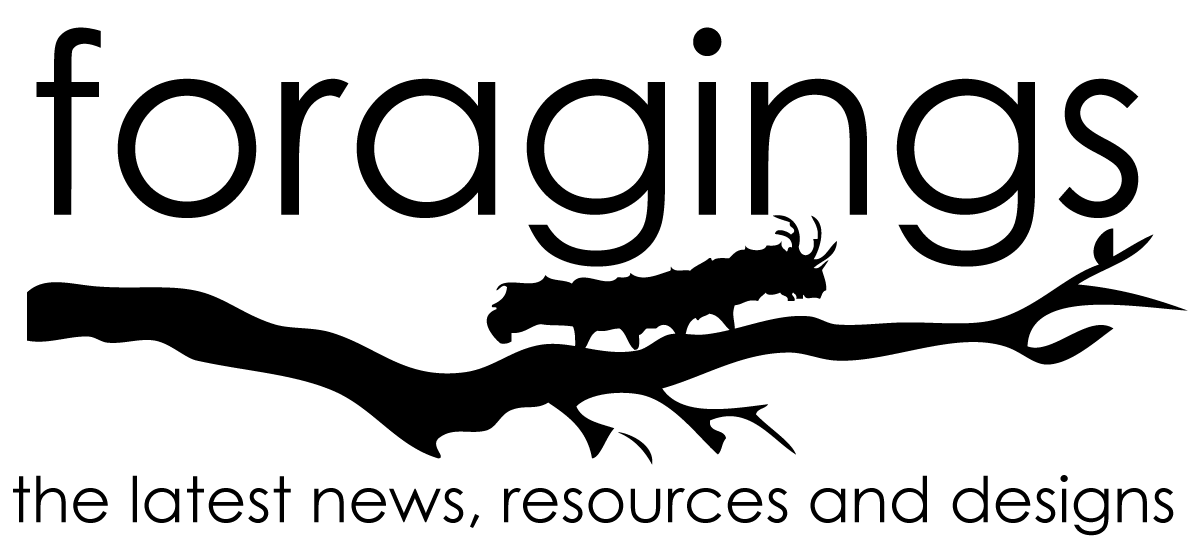News
- Bloomin’ lovely gardens brighten up London’s East End:: A competition for residents of London’s East End, the winners were chosen for showing ” what they can do with plants, wildlife and the environment.”
- Can biodiversity be accommodated in today’s urban environment?:: Posing the question, this piece from The Ecologist looks at recent efforts including the International Year of Biodiversity 2010 and the more recent Animal Estates project in London by Fritz Haeg.
- Yesterday’s pool is today’s pond:: An interesting idea of turning unused swimming pools into ponds for wildlife, making them require less maintenance and more environmentally friendly.
- Chicago Plans A New Park That Dwarves All Other Urban Parks:: Chicago is planning a 140,000 acre network of parks, open space and recreational facilities.
- 2011 in review: West Seattle Wildlife:: An interesting post from the West Seattle Blog featuring the variety of wildlife reported in West Seattle last year including orca whales, coyotes, seal pups and a Snowy Owl.
- Looking for benefits in birdsong:: A new research project aims to discover whether birdsong has an impact on the mental wellbeing of people. “Although there has been a lot of research on responses to nature in vision – relatively little has been done on sound.”
- The Untidy Garden:: Another study has shown that a ‘messy’ garden provides more benefits for wildlife, this time specifically for lizards in New Zealand.
- Aphid Eating Flower Fly Found in North Campus:: From the North Campus blog at the Natural History Museum of Los Angeles County comes an interesting sighting of flower flies of which the larvae eat aphids.
Resources
- Biological Control:: A great resource from Cornell University which provides information about insects which are weed eaters, parasitiods and predators of other insects.
- Designing for conservation of insects in the built environment (PDF):: “The conservation of insects is not a priority for most urban dwellers, yet can be accomplished in urban settings by the careful design of urban nature. Our goal is to foster cross-talk between practitioners of insect conservation biology who develop the knowledge base and professional design practitioners who are poised to apply this knowledge in designs and management plans for urban green space.”
- Drummer Boy:: As always, great information from the Next-Door Nature blog, this time featuring the Pileated Woodpecker.
- Stick in the mud:: Another great post from Next-Door Nature, this one describes the difference between brumation, which reptiles go through, versus hibernation.
- Running start:: One more informative post from Next-Door Nature, which describes how many water birds require water to take off in flight.
- American Kestrel:: From the equally informative blog Urban Wildlife Guide comes an interesting post about our smallest falcon.
- The Double-Crested Cormorant:: More great information from the Urban Wildlife Guide, this one about a common water bird commonly seen perched in the water with wings open.
- Sparrows in Snow:: Yet one more excellent post from the Urban Wildlife Guide, about a subject many people wonder about, how little birds survive in the cold, winter months.
Design
- Making native animals feel at home again:: A great piece describing the Animal Estates project and how participants created urban wildlife habitat for their ‘animal clients’.
- Bee Houses:: This website, although in German, has fantastic examples of a variety of bee house structures.
- Habitat Wall Sculptures:: Part of the Urban Hedgerows project, this piece is featured on the Flora Grubb blog. The project was also recently featured on the Apartment Therapy website.
- The amazing wildlife haven built on water that will combat urban pollution:: An interesting new design has been introduced by the Dutch firm Waterstudio which proposes a “water-based park will provide valuable living areas for birds, bees, bats and other small animals, bringing positive green effects to urban environments.”
- Adding some Green to Design, Literally:: An interesting post at the Bouncing Ideas blog discussing the many ways to add green to the urban environment.
- Inside the world of animal architecture: From a casino that welcomes bats to a farm on wheels:: This article features the Animal Architecture exhibit now on in Houston which displays some interesting designs incorporating animals with architecture.
- Design and Construction of a Thriving Pond Habitat:: A great post on the Restoring the Landscape with Native Plants blog about the design, installation and success of a constructed pond.



